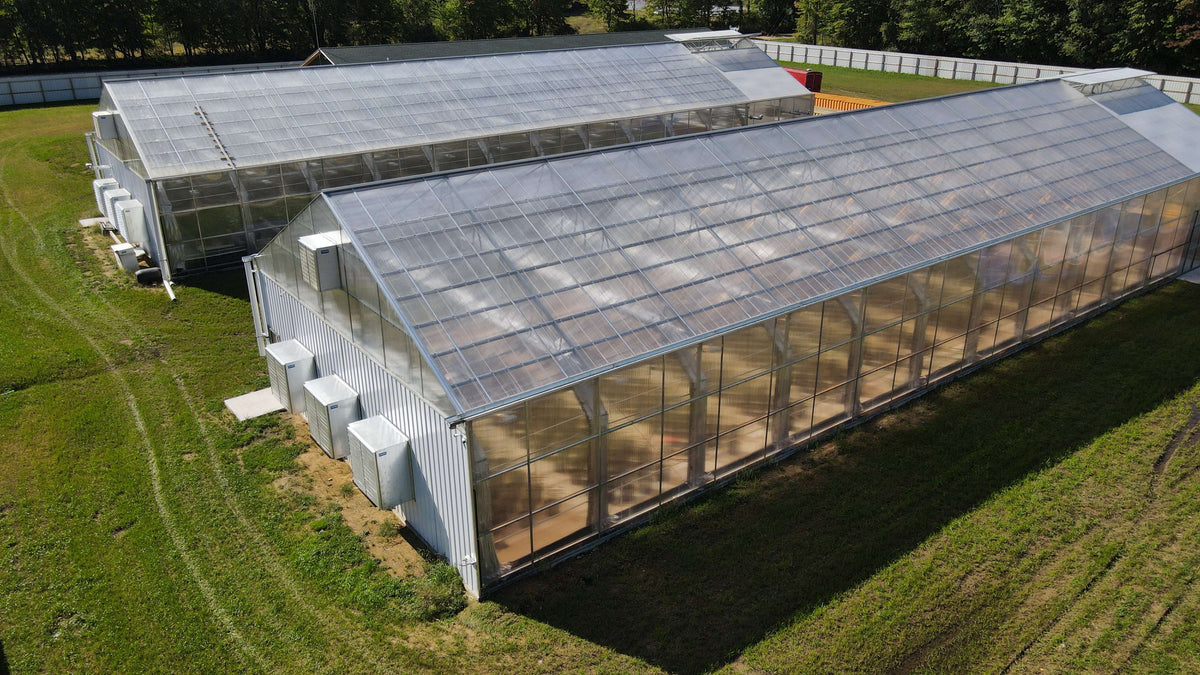Residential Oasis: Monarch Residential Greenhouse Utah Haven for Plants
Greenhouse Layout: Developing an Eco-Friendly Expanding Area
Are you curious about creating an environment-friendly expanding space? Find out just how to design a greenhouse that takes full advantage of natural light, saves water, and incorporates sustainable energy sources. By choosing lasting products and executing energy-efficient heating and cooling down systems, you can produce a greenhouse that is both productive and environmentally conscious. Discover the key elements of greenhouse design that will certainly assist you develop a successful and lasting growing room.
Choosing Sustainable Products
When developing your environmentally friendly greenhouse, prioritize sustainability by very carefully selecting materials that are environmentally-friendly and advertise power performance. Among one of the most essential facets of creating an environment-friendly greenhouse is choosing sustainable materials. By choosing materials that have a minimal influence on the atmosphere, you can decrease your carbon footprint and add to a much more sustainable future.
Start by thinking about the materials utilized for the framework of your greenhouse. Look for options such as sustainably harvested timber or recycled materials. These choices not only decrease the need for new sources yet also avoid waste from ending up in land fills. Additionally, take into consideration utilizing materials that have a high thermal mass, such as stone or concrete, as they can help regulate the temperature level inside the greenhouse, reducing the need for excessive home heating or cooling.
Another essential variable to take into consideration is the glazing product for your greenhouse. Choose products that offer exceptional insulation residential or commercial properties, such as dual- or triple-pane glass or polycarbonate panels. These materials can help catch warm inside the greenhouse, decreasing the quantity of power needed for home heating throughout colder months.
Moreover, when picking products for the inside of your greenhouse, go with sustainable options such as bamboo or reclaimed wood for shelving and benches. These materials are not only long lasting yet also promote the accountable usage of sources.
Taking Full Advantage Of Natural Light
To take full advantage of all-natural light in your environmentally friendly greenhouse, focus on the tactical placement of skylights and home windows to optimize sunlight direct exposure throughout the day. When determining on the positioning of windows, think about the path of the sun throughout the day and just how it will impact the different locations of your greenhouse.
Skylights are another effective way to maximize all-natural light. They enable sunlight to get in from above, providing an extra source of light for your plants. When installing skylights, consider their size and position. Larger skylights will permit more light to enter, yet make certain they are not also large that they trigger too much heat or glow. Placement them in areas where they can offer straight sunlight to your plants without casting darkness on other locations.
Executing Energy-Efficient Home Heating and Cooling Equipments
To even more boost the power effectiveness of your green greenhouse, take into consideration executing energy-efficient home heating and cooling down systems. These systems play an important function in keeping optimal temperature and moisture levels for your plants, while decreasing energy usage and minimizing your greenhouse's carbon impact.

This enables for the exchange of fresh air website link and helps manage the temperature inside the greenhouse. These systems use much less energy compared to typical air conditioning systems and can efficiently decrease the temperature inside the greenhouse.
Water Conservation Strategies
To even more boost the energy efficiency of your eco-friendly greenhouse and stihl lawn mower proceed decreasing its ecological effect, it is important to carry out effective water preservation techniques. Water is a priceless resource, and with the appropriate techniques, you can lower your greenhouse's water usage while still giving optimal conditions for your plants.
One way to save water is by making use of a drip watering system. Additionally, setting up a rainwater harvesting system can assist catch and keep rain for later use in your greenhouse.
One more technique is to mulch your plants. Adding a layer of organic product around the base of your plants assists preserve moisture in the soil, reducing the need for regular watering. Furthermore, think about using a water-efficient potting mix that retains dampness while still supplying sufficient water drainage.
Lastly, monitor your greenhouse's water usage regularly. By monitoring see this here just how much water you are utilizing, you can determine locations for improvement and make required modifications.
Incorporating Renewable Power Sources

Conclusion
To conclude, by implementing sustainable products, optimizing all-natural light, utilizing energy-efficient home heating and cooling systems, exercising water preservation methods, and including renewable resource resources, you can develop a green greenhouse layout. This will certainly not just profit the setting yet additionally advertise sustainable and healthy plant development. So, proceed and make a favorable effect on the earth deliberately an environment-friendly expanding area.
When designing your green greenhouse, focus on sustainability by very carefully choosing materials that are environmentally-friendly and advertise energy efficiency. These materials can aid catch heat inside the greenhouse, reducing the quantity of energy required for home heating during cooler months.
These systems make use of less power contrasted to conventional air conditioning devices and can properly reduce the temperature level inside the greenhouse.
You can integrate sustainable energy sources into your greenhouse design to make it more lasting and environment-friendly.In conclusion, by implementing lasting products, making best use of all-natural light, utilizing energy-efficient heating and cooling systems, exercising water preservation strategies, and integrating sustainable energy resources, you can produce an environmentally friendly greenhouse design.